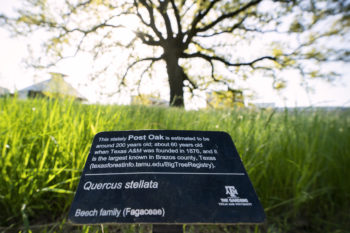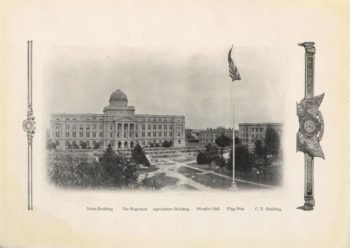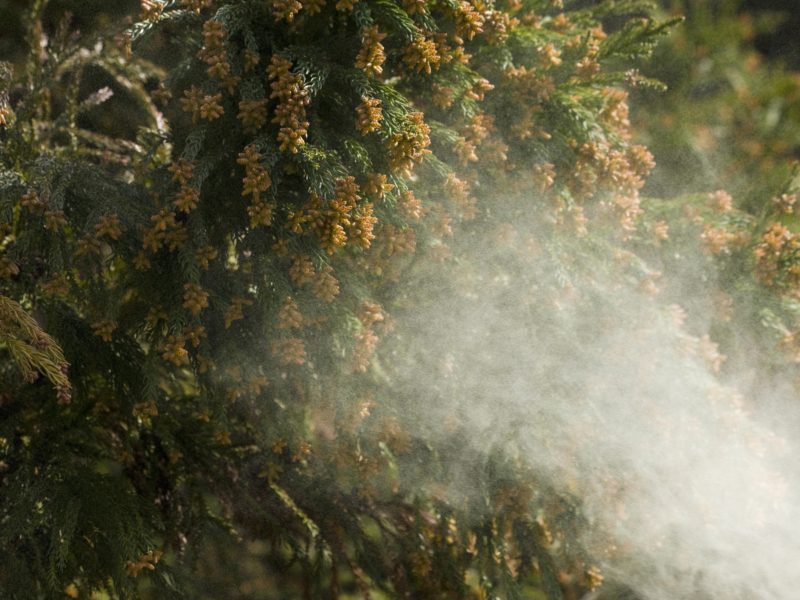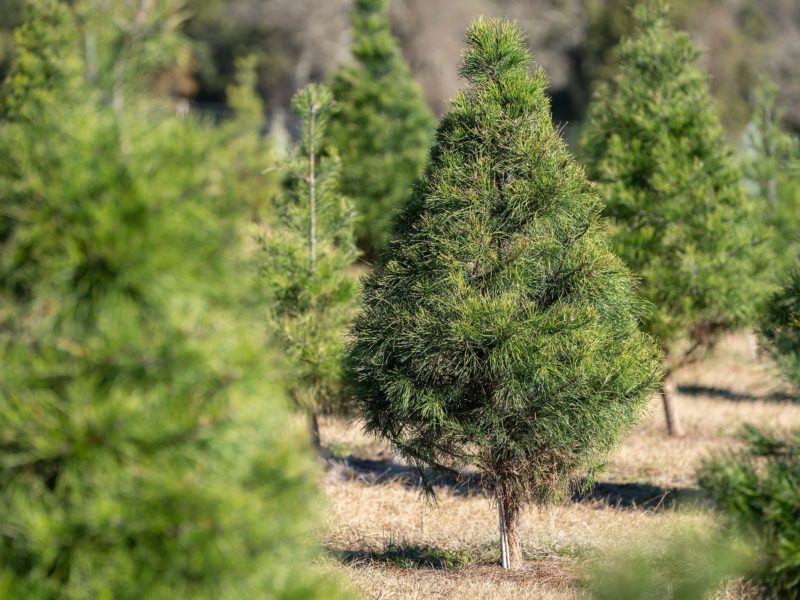Three Years In, Tree Restoration Project Continues Adding New Trees And Treating Those In Decline

When officials from Texas A&M University and SCC Services for Education set out three years ago to document all the trees on campus, they knew they faced quite a task.
Not only is the 5,200-acre campus one of the largest in the country, but its more than 15,000 trees cover a wide variety of species and range from more than 100 years old to just a few years old.
Trees have long been an important feature in the region. Texas A&M is an Arbor Day Foundation Tree Campus school, and Bryan and College Station both have the foundation’s Tree City USA designation.

In addition to the iconic Century Tree on campus, other historically significant trees, in the Gardens on campus, include a post oak that is estimated to be more than 200 years old and a loblolly pine that is the descendant of a seed that went to the moon and back.
So far, about 5,000 trees have been evaluated and documented, said Bill Cox, who helps oversee the effort as assistant director of Facilities and Dining Administration at Texas A&M.
The goal is to restore and preserve the health of older trees and to ensure that the new trees and shrubs that are planted as part of this project can thrive.
“The SSC grounds crew has averaged about 200 trees per week so far,” Cox said. “They added more staffing last year and at the current pace, should complete the project within the next year.”
Workers are focusing on tree health in Research Park this spring and fall. Areas that have been completed so far are Academic Plaza, Military Walk, New Main Drive from Texas Avenue to Bizzell Street and along Bizzell Street from Ross to Lubbock Streets.
Each tree’s precise location is recorded via GPS, and its type, height, circumference and overall health also are documented. Grounds crews also selectively prune, aerate and fertilize trees, paying special attention to those that are stressed or unhealthy.
Many older trees on campus have been in steep decline for several years, said Mike Teal, a 1996 graduate of Texas A&M who oversees the SSC side of the project as regional director of operations-grounds.
“Several factors cause our trees to become stressed or diseased: the combination of our clay soil, high salinity in the municipal water supply and the understandable desire for lush turf grass,” Teal said. “In addition, building construction, pedestrian traffic, tailgating and other activities cause the soil to become compacted, which also harms trees.”
The trees vulnerable to soil compaction in high-traffic or construction areas are assessed and treated regularly. In addition, Cox, along with the university architect and faculty in the Department of Horticultural Sciences, have developed and implemented guidelines to protect any trees that are affected by campus construction projects.
To help young trees have a long and healthy life in Aggieland, Teal and his teams focus on training in everything from selecting the right trees to planting techniques to soil preparation, drainage and pruning.
“Right tree, right place,” Teal said. “Selecting a good specimen from the nursery, or more importantly, rejecting poor trees, is crucial. We’re looking for good limb structure and trees that are planted at the right height in the container and not root bound.”
Cox and Teal agree that healthy trees contribute to a healthier campus.
“By improving the overall health of trees on campus, we hope to improve the overall mental and physical health of everyone on campus,” Teal said. “We want to all of Texas A&M to look and feel good!”





